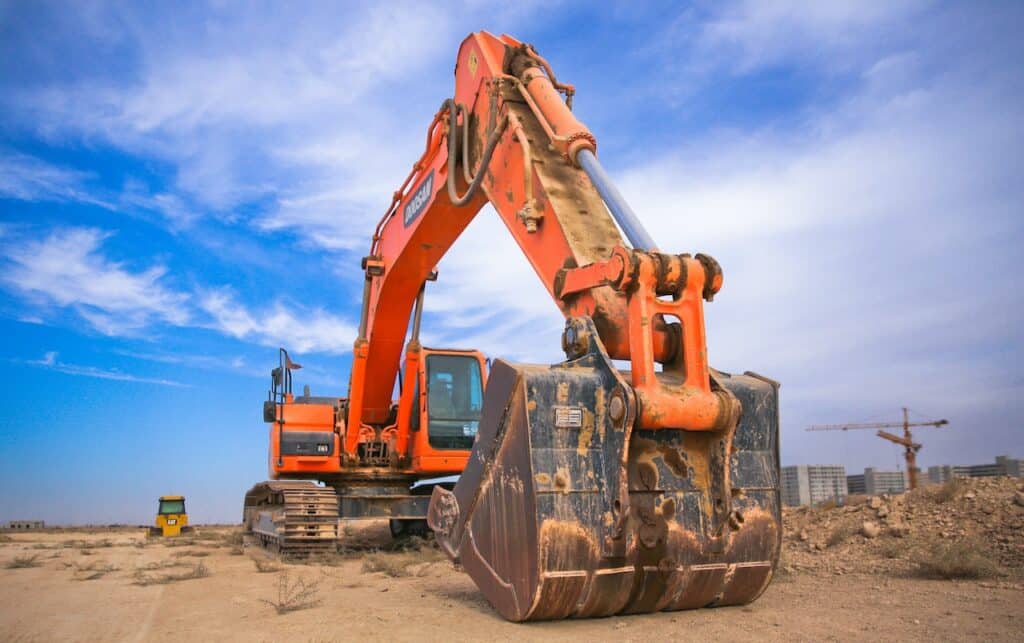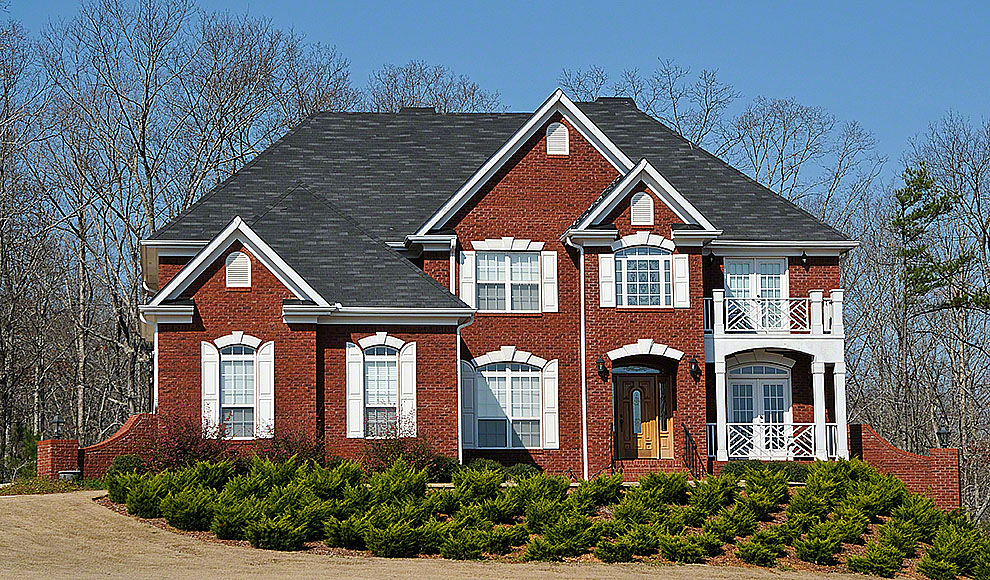Cranes of diverse types have been designed to fulfil the specific requirements of various assignments, as they play an essential role in the construction of various structures. The machinery of a crane differs based on the specific lifting task it is designed to perform. You can hire a crane for rent, one that is suitable for your work. Cranes are utilized to hoist or lower heavy loads, move objects within the construction site, and are indispensable in erecting or dismantling large structures.
What Are The Different Types of Construction Cranes?
Here is a list of different types of construction cranes.
Mobile Cranes
The most commonly used type of crane is the mobile crane. They are known for their reliability in terms of their ability to lift materials of the appropriate weight.
Telescopic Cranes
Telescopic cranes are used to conduct rescue operations, lift boats from the water, and build signal towers. This type of crane consists of a large boom in which several tubes are fitted inside each other. A hydraulic system extends or retracts the tubes to increase or decrease the boom’s length.
Tower Cranes
Tower cranes are specialized machines that are used in the construction of tall buildings. They are typically most effective when used at heights ranging from 230 to 265 feet and have the capacity to lift loads weighing up to 20 tons. These cranes are anchored to the ground using large bolts. They can be readily removed, once the building is finished to ensure strength during the construction process. Tower crane operators typically communicate with each other using radio and hand signals.
Aerial Cranes
Aerial cranes are also referred to as sky cranes. They are helicopters and are utilized for the transportation of heavy loads. These cranes are primarily employed for conveying materials to and from inaccessible locations such as the summits of tall buildings and are also utilized in rescue operations during times of disaster.
Floating Cranes and Harbor Cranes
Floating cranes and harbor cranes are useful for construction projects related to bridges or ports as they have the ability to efficiently load and unload cargo from ships. These cranes are among the most robust material-handling devices in the construction industry due to their massive size. While floating cranes are stationary, they can lift around 9000 tons. On the other hand, harbor cranes are more flexible and relatively smaller in size.
Hammerhead Cranes
Hammerhead cranes resemble an upside-down L, with the jib remaining at a set level. The jib can usually rotate but cannot be raised or lowered. This model is frequently found on loading docks where many cranes may be operating simultaneously at various levels. They are also used in situations where space may be limited, like inside a structure or at particularly tight construction sites.
Self-Erecting Cranes
Self-erecting cranes are lightweight cranes and are designed to be comfortable to assemble and disassemble. They are an excellent choice for construction jobs that require a quick solution or have limited room. However, self-erecting cranes have a lifting capacity limitation in that they cannot lift as much weight as other kinds of tower cranes.
Conclusion
The type of crane you require relies on the assignment you’re working on. You can contact any crane rental services VA to get your work done. A static crane is a good option for tall structures, while a mobile crane is better for new or rough terrain. A lighter crane that can be easily transported is a good choice for smaller projects or those that require frequent travel. These cranes have a reduced lifting capacity but more flexibility.



